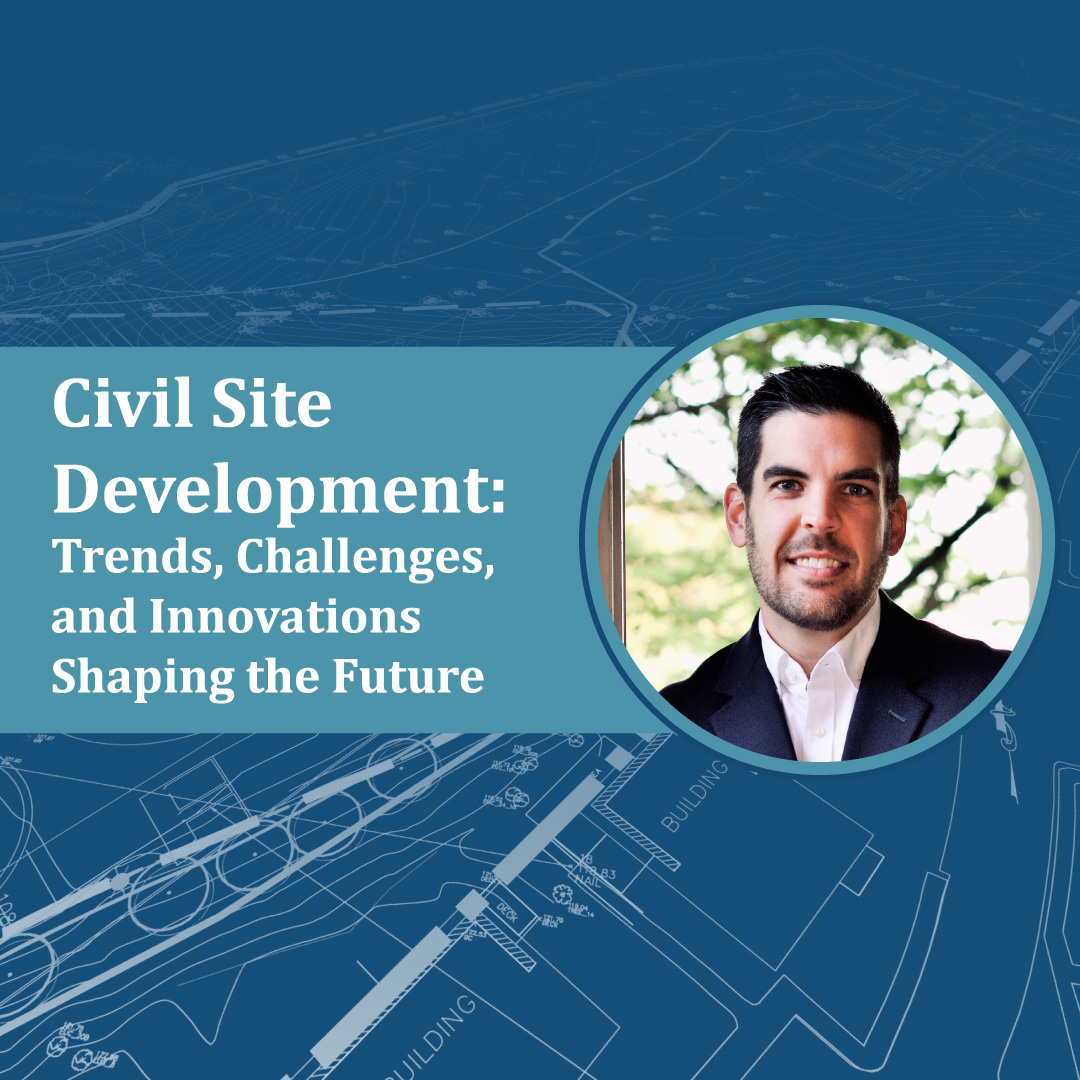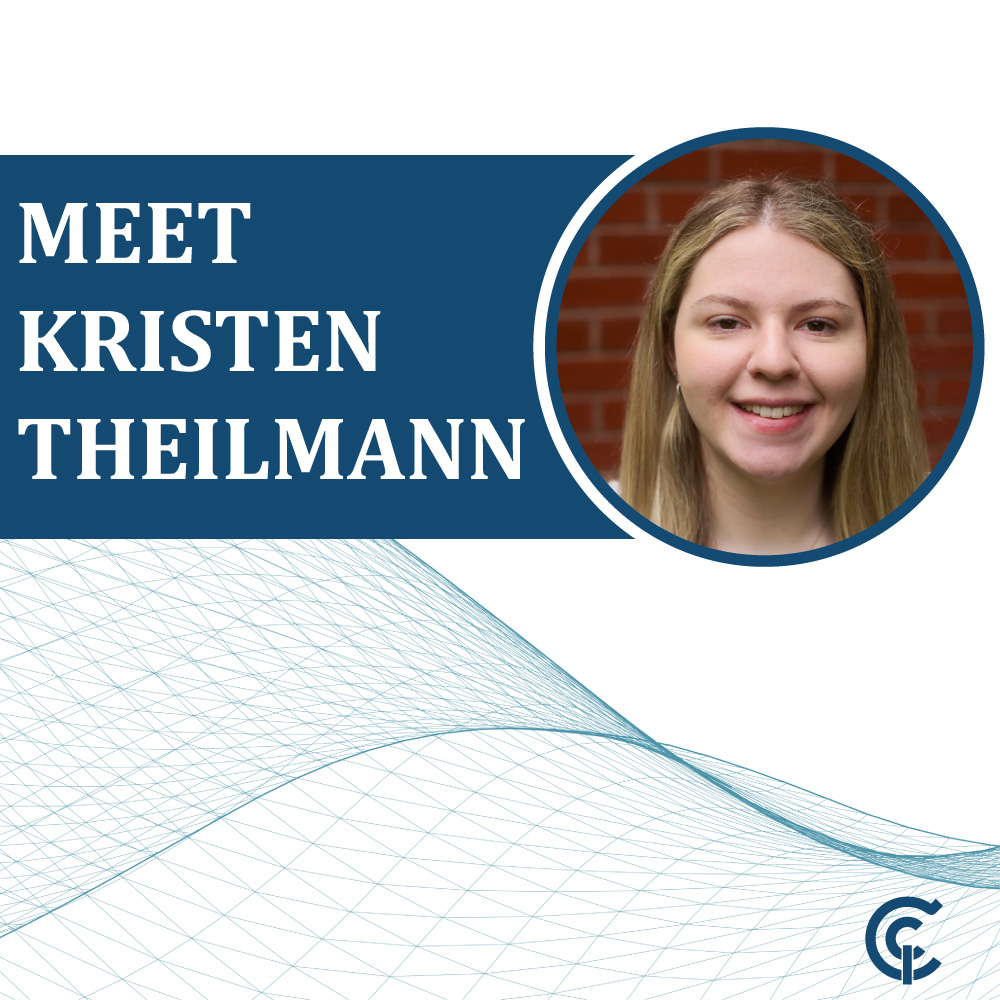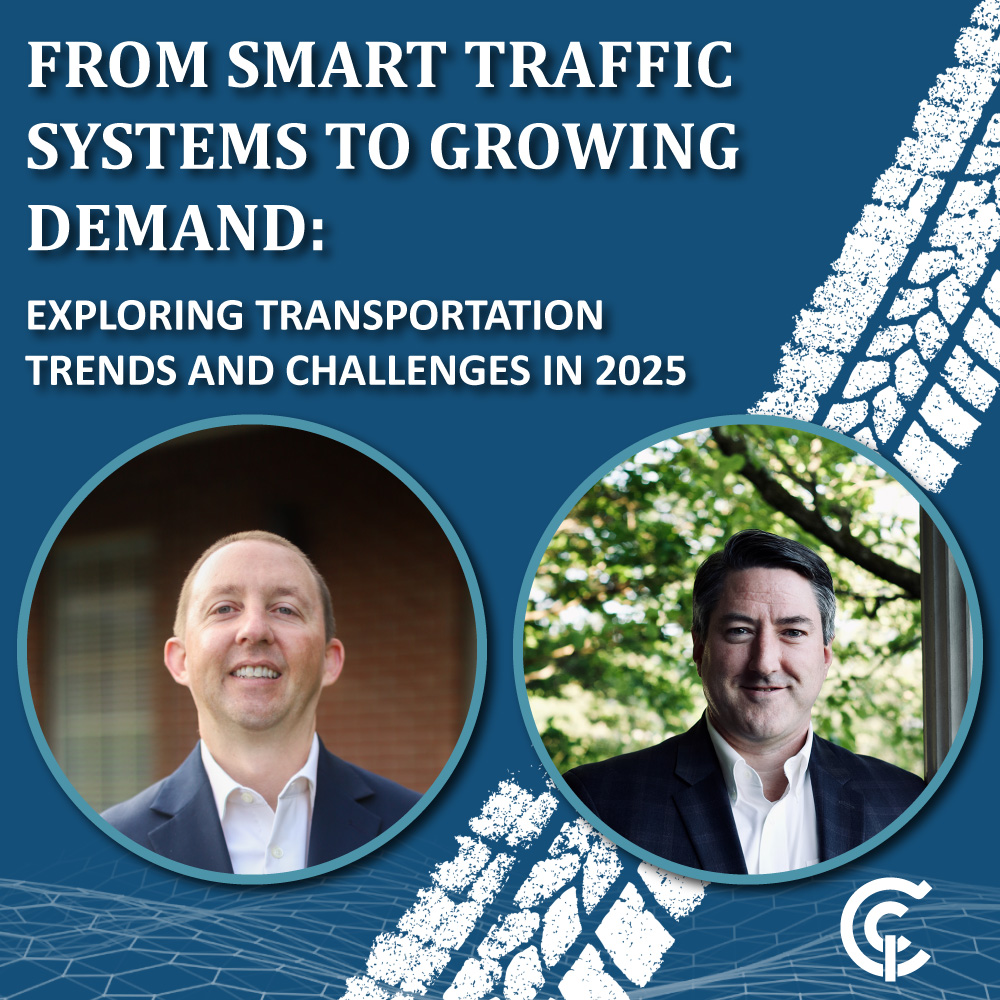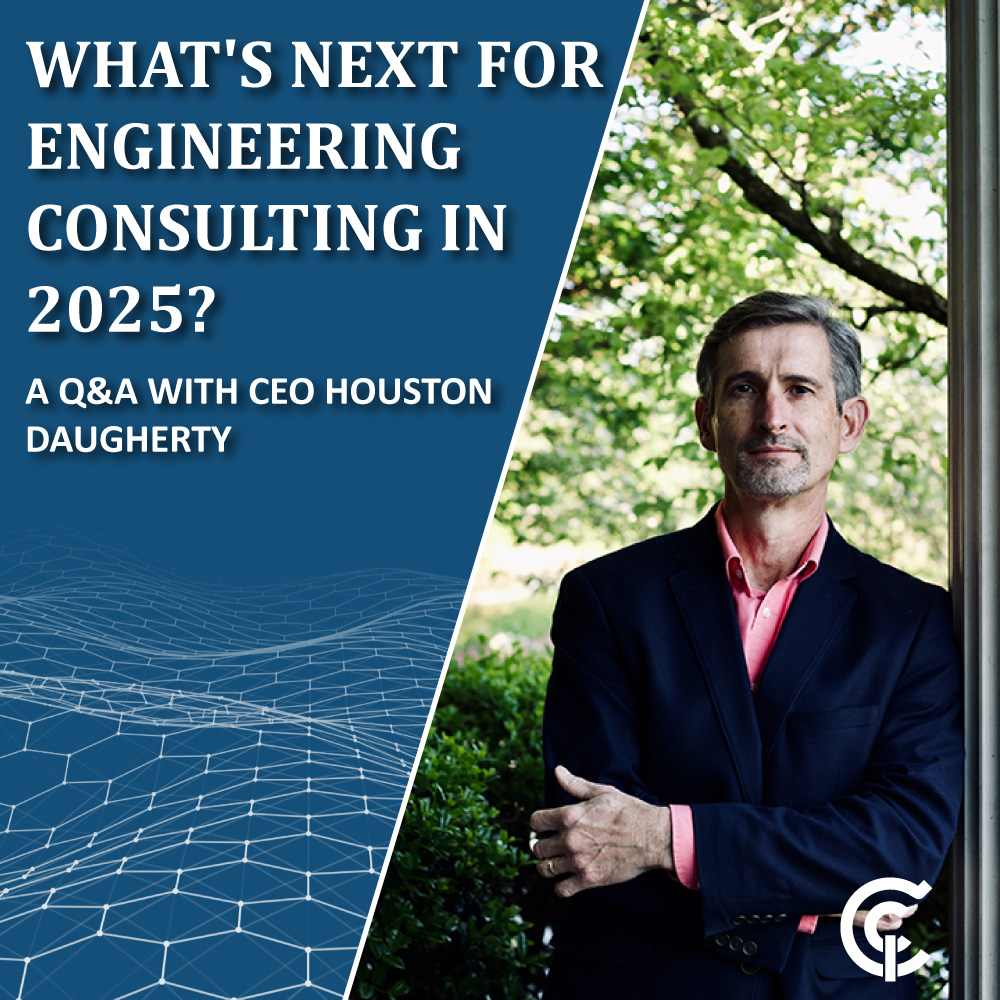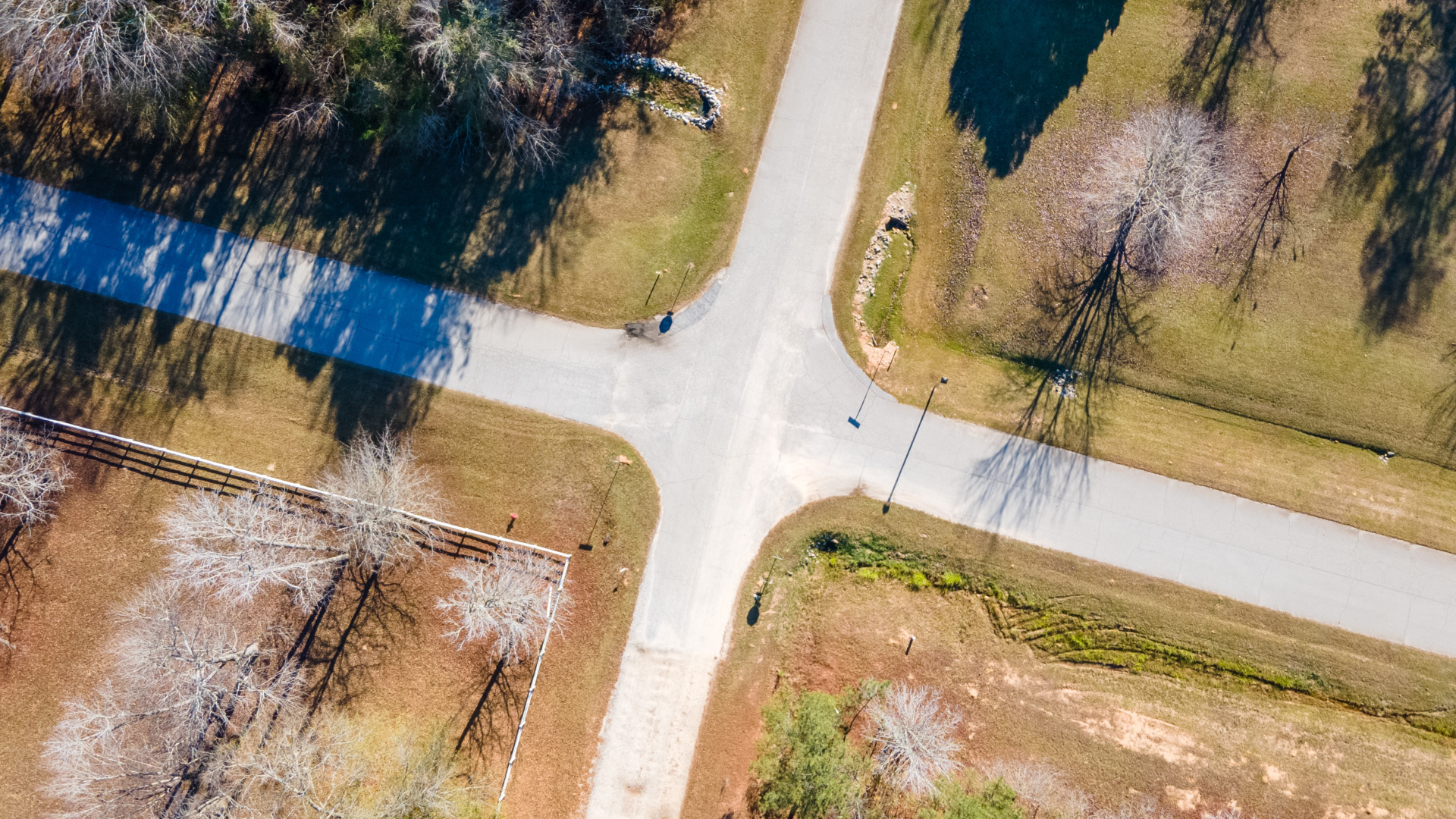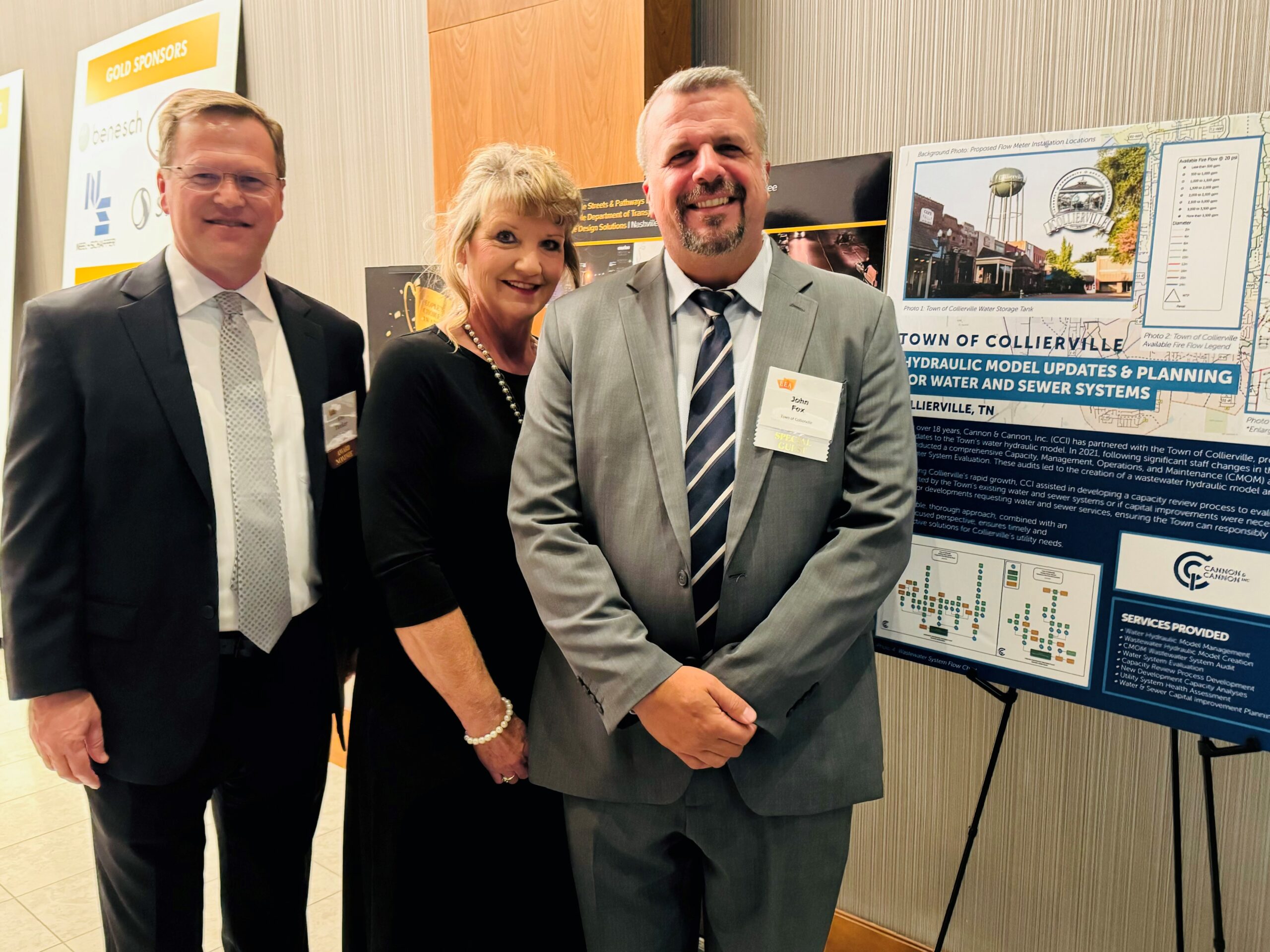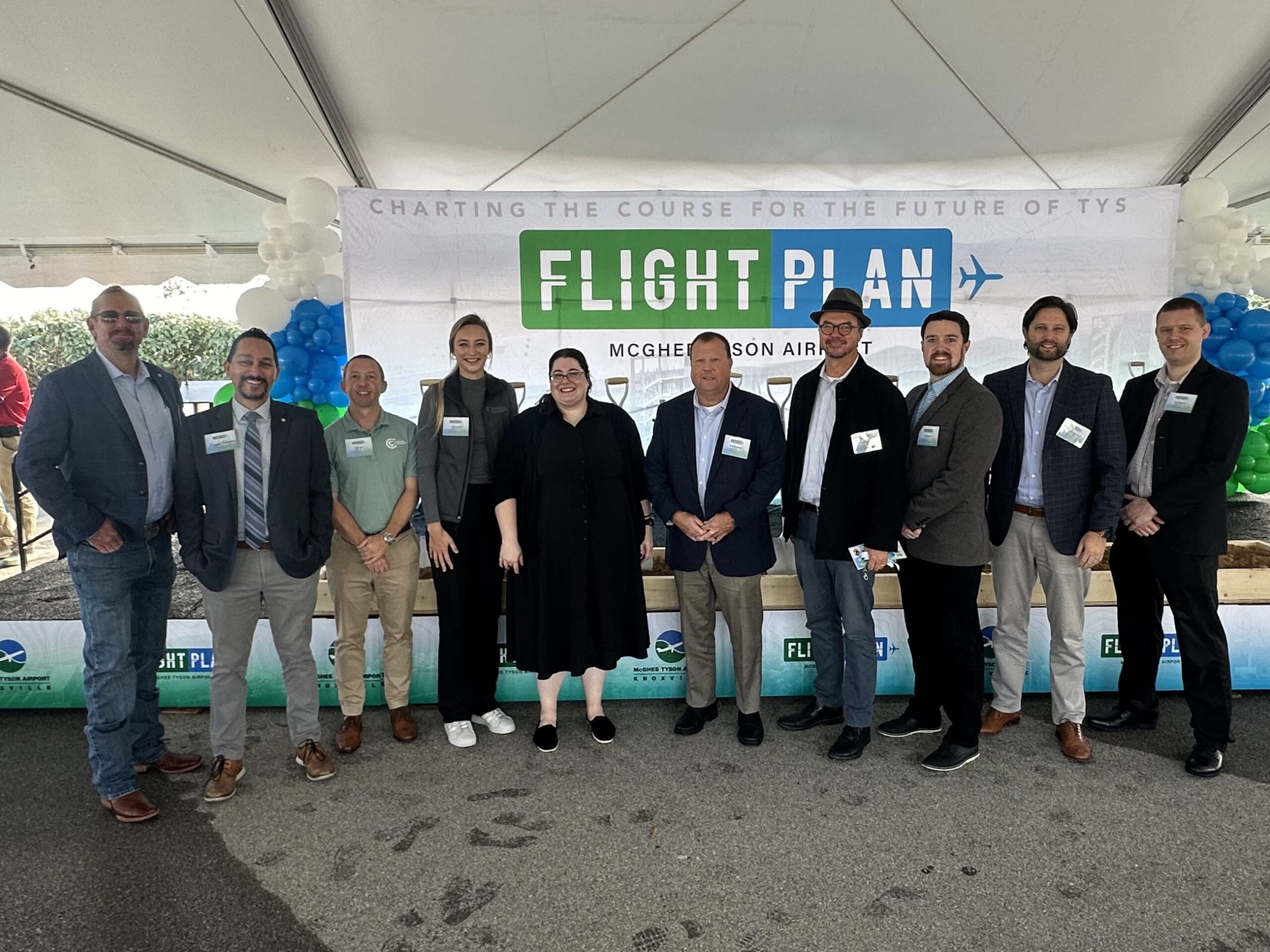

News + Events
Civil Site Development: Trends, Challenges, and Innovations Shaping the Future
As cities and towns grow, the way we develop land plays a huge role in shaping the places we live, work, and play. We caught up with Alan Grissom, Civil Division Leader at CCI, to discuss the latest trends, challenges, and innovations in civil site development, including sustainable infrastructure, emerging technologies, and evolving regulations. For those unfamiliar, can you explain what civil site development is and why it plays such a critical role in shaping our communities? At its core, civil site development is all about preparing land for different uses. Things like homes, businesses, parks, or public spaces. It includes everything from building roads and utilities to managing stormwater and making sure the land is safe and functional. Without proper planning, neighborhoods could face issues like flooding, poor traffic flow, and unreliable infrastructure. Good site development also helps communities grow in an organized way, ensuring there’s enough space for housing, businesses, and green spaces. Plus, modern development focuses on sustainability, using smart water management and eco-friendly materials. What are the biggest trends shaping civil site development and design in 2025? Several major trends are shaping the future of civil site development. Smarter technology is making a huge impact, with sensors being built into infrastructure to monitor in real-time. This helps catch maintenance issues early, saving time and money. Cloud-based project management is also streamlining teamwork, and drones are making site inspections safer and faster by reducing the need for manual surveying. Water management is another major focus. More projects are finding ways to collect and reuse stormwater to cut down on waste and prevent flooding. With unpredictable weather becoming more common, drainage systems are being designed to handle heavier rainfall and keep developments more resilient. The industry is also going greener, shifting toward [...]
Meet Kristen Theilmann
Get to know one of our talented team members! From an internship to one of our Transportation Designers, Kristen shares her journey, favorite moments, and some advice for aspiring engineers. Can you share a bit about yourself and how you first became interested in traffic and transportation engineering? I’m originally from Knoxville, TN, and I achieved my bachelor’s degree in civil engineering at the University of Tennessee. During my time there, I participated in undergraduate research focused on transit fare policy, which was a great learning experience. I’m also a huge Vols fan and love watching them play. I also enjoy playing pickleball or spending time with friends. My interest in traffic and transportation engineering began during my entry-level transportation engineering class in undergrad. I was fascinated by how this field is so closely tied to daily life and how much of an impact it has. I found it especially interesting to see how thoughtful designs can influence traffic flows, improve mobility, and even shape driver behavior. It’s amazing to be part of a field that directly impacts how people move through their communities. What is your role within the CCI Transportation | Traffic team and what do you enjoy most about your work? My role within the CCI Transportation | Traffic team is Transportation Designer. In this position, I’ve had the opportunity to work on a wide range of projects that cover various aspects of transportation engineering. What I enjoy most about my work is the diversity of the projects I get to be involved in and knowing that each one makes a meaningful impact on the community. How has your role at CCI evolved since you started, and what have you learned along the way? I began at CCI as an intern and have since transitioned [...]
From Smart Traffic Systems to Growing Demand: Exploring Transportation Trends and Challenges in 2025
As January comes to a close, we had the opportunity to sit down with senior CCI Transportation | Traffic engineers Brian Haas and Jeff Beckett to discuss the transportation trends and challenges affecting the region in 2025. They shared their thoughts on topics ranging from the growing population to the role of technology in creating smarter, more efficient roadways. What are the most significant transportation trends expected to shape the region in 2025? One of the most significant transportation trends we’re seeing is the continued emphasis on improving infrastructure to support alternative transportation modes. This means that we’re likely to see a growing focus on making our communities more walkable, bike-friendly, and accessible via public transit. Cities and counties in the region are recognizing the need to move beyond a car-centric approach. Investments are being made to create more pedestrian pathways, bike lanes, and transit-oriented developments. The idea is to make it easier for people to choose healthier and more sustainable ways of getting around, whether that’s biking to work, walking to a nearby store, or hopping on a bus for their commute. Additionally, infrastructure improvements for alternative transportation modes often go hand in hand with broader community goals, such as reducing traffic congestion, improving air quality, and fostering economic development. The Southeast is starting to embrace these trends, but there’s still a long way to go. We’ll likely see continued progress in 2025 as regional leaders and transportation planners work to balance the needs of cars with the growing demand for alternative transportation modes. It’s an exciting time for transportation in the region, as these changes have the potential to enhance both the quality of life and sustainability of our communities. What are the biggest traffic and transportation challenges facing the Southeast in 2025? A [...]
What’s Next for Engineering Consulting in 2025?
As we step into 2025, we sat down with Houston Daugherty, CEO of Cannon & Cannon, Inc. (CCI) to reflect on the milestones of 2024 and explore what lies ahead for the engineering consulting industry. From a renewed focus on public infrastructure to the continued trends of sustainability and smarter technologies, Houston shared his perspective on the trends shaping the future and the essential skills engineers will need to succeed. He also shared how CCI is set to make a lasting impact on East Tennessee’s growth and progress in the year ahead. Looking back at 2024, what were the biggest achievements in engineering for the markets CCI serves, and how might they shape the year ahead? Generally speaking, I believe the greatest achievements in engineering not only for CCI-specific markets but for the country as a whole are the continued and increasing work on public infrastructure. From the water we drink to the roads and bridges we travel on, the engineering community's efforts to address this increasing demand represent a great achievement for the long term. What’s one skill or mindset that you think will be essential for engineers in 2025? The principles of engineering are well established and are age old. However, the methodology for the application of those principles has a tendency to change on occasion. I'm a little hesitant to go to the AI (artificial intelligence) answer that everyone seems to be offering up these days, however, if viewed for what it is rather than what it isn’t, I believe that engineers can and should leverage computing power to advance the industry while making tremendous strides for public welfare. By the way, there is nothing really “artificial” about AI as we use it today. It is information that is there and waiting to be cultivated. Information [...]
Powering Savings: How the Electric Distribution Sector is Being Revolutionized by Technology
As utility providers face growing demands for efficiency, reliability, and sustainability, new technologies are revolutionizing how electricity is generated, distributed, and consumed. How are these changes transforming the industry? What opportunities are emerging for utilities to adapt and thrive? This is where the future of energy takes shape. In this series, we’ll explore the cutting-edge solutions reshaping electric distribution—and the savings, efficiency, and sustainability they bring. Renewable Energy Integration As the push for sustainability grows, integrating renewable energy sources like solar and wind has become essential. This transition is facilitated by: Reduced Generation Costs: Innovations in materials, manufacturing at scale, and energy storage have made renewable energy sources much more affordable, leading to lower generation costs for utilities and lower prices for consumers. Furthermore, utilities can reduce their reliance on costly fossil fuels, which are often more expensive due to fluctuating fuel prices, transportation costs, and emissions compliance fees. Enhanced Grid Management: Solar and wind generation is dependent on weather and therefore variable. Smart technologies such as advanced sensors, real-time data analytics, and automated controls to monitor and adjust energy flows dynamically allow for better integration of variable renewable sources, stabilizing the grid and reducing reliance on fossil fuels. These systems can predict fluctuations in renewable energy output based on weather forecasts and balance the grid by redistributing power where it's needed most. For instance, when solar panels produce excess energy on a sunny day, smart grids can store the surplus in batteries or shift it to areas experiencing higher demand. Cannon & Cannon, Inc (CCI) has worked on various integration solutions for clients, including incorporating solar arrays into a veteran housing project and conducting rate studies to ensure solar integration would be financially viable. Smart Grids: Enhancing Efficiency and Reliability Real-time monitoring [...]
4-Way Stops: Are They Ever the Right Solution?
Wesley Stokes, an engineer with Cannon & Cannon, Inc. (CCI), recently presented on the intricacies of 4-way stops at the TCAPWA/SWANA Conference. Following the event, Wesley had the opportunity to share a written version of his presentation in the November issue of Tennessee Public Works Magazine, summarized below. Challenges of 4-Way Stops 4-way stops are often used at intersections to manage traffic in lower-volume areas. However, they can lead to delays, unnecessary stops, and increased driver frustration, especially in areas with high traffic flow or irregular driver behavior. Overuse of 4-way stops may also contribute to congestion and emissions, as vehicles are required to stop even when the intersection is clear. Roundabouts and Traffic Signals Roundabouts and traffic signals are alternatives that may provide smoother traffic flow. Roundabouts, for instance, promote continuous movement, reducing the chance of high-speed collisions and improving fuel efficiency by minimizing stops. Signals, on the other hand, can control traffic more effectively at complex intersections and in high-traffic areas, ensuring safer and more predictable traffic flow. Best Uses of 4-Way Stops 4-way stops are most effective on lower-volume roads and in residential areas where drivers are familiar with the stop-go pattern. They are also useful as a temporary solution while more complex traffic control methods are implemented. For intersections with higher traffic volumes or specific needs, roundabouts and signals often serve as more effective, long-term solutions. Selecting the appropriate control method is crucial for enhancing road safety, reducing delays, and promoting efficient traffic flow. By understanding the strengths and limitations of each approach, communities can make informed choices to best meet their unique traffic needs. You can read Wesley's full article on page 26 of the magazine here. If you are interested in learning more about how CCI help deliver your transportation|traffic projects you can [...]
CCI Showcases Collierville Project at ACEC Tennessee Engineering Excellence Awards Gala
Last week, Cannon & Cannon, Inc. (CCI) was proud to participate in the ACEC Tennessee Engineering Excellence Awards Gala, showcasing our work for the Town of Collierville. For over 18 years, we’ve partnered with Collierville to develop, update, and maintain the town’s water and sewer systems, ensuring sustainable growth and a reliable utility infrastructure. Our work in Collierville has included creating and managing hydraulic models for water and wastewater, conducting system audits, and providing capacity analyses to support new developments responsibly. This collaboration has been key to Collierville’s ability to grow while maintaining high-quality utility services that meet the needs of residents and local businesses. While we were honored with an award for our work on this project, we’re especially grateful for the long-standing relationship we’ve built with the Town of Collierville and are committed to supporting their needs well into the future. Reach out to our team of engineers to find out how we can help with your future projects. CONTACT US
CCI Celebrates Groundbreaking of New McGhee Tyson Airport Parking Garage
Last week Cannon & Cannon, Inc. (CCI) proudly attended the groundbreaking ceremony for the new parking garage at McGhee Tyson Airport. This $190 million project, inspired by the natural beauty of the Smoky Mountains, is set to transform airport parking, adding 3,500 new spaces across six levels and enhancing the overall experience for travelers. The garage is scheduled for completion in Spring 2027. The CCI Transportation | Traffic teams were responsible for the roadway design and traffic pattern planning, ensuring seamless integration with the new garage. Our team developed comprehensive signage plans and maintained a traffic management strategy to ensure uninterrupted traffic flow throughout the construction phase. We are honored to have collaborated on this innovative project for McGhee Tyson Airport and look forward to seeing its completion. Get in touch with our engineering team to find out how we can help facilitate your upcoming projects. CONTACT US

